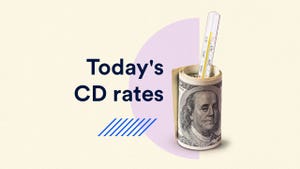
Best CD Rates Today: August 11, 2025 | These 9 CDs Offer Leading APYs (Up To 4.45%)
Read up on leading CD rates today and the impact of economic trends on your savings. Bankrate can help you choose the right CD offer to maximize your savings potential.









